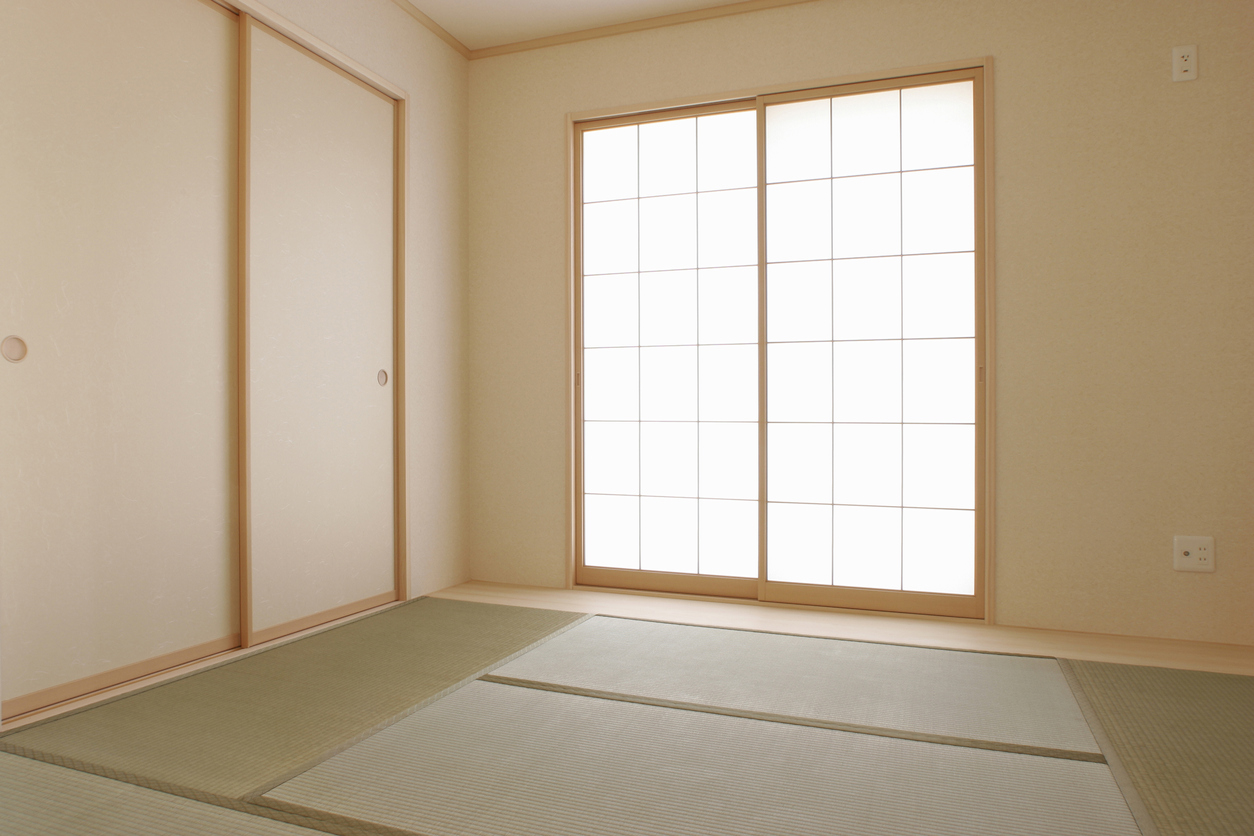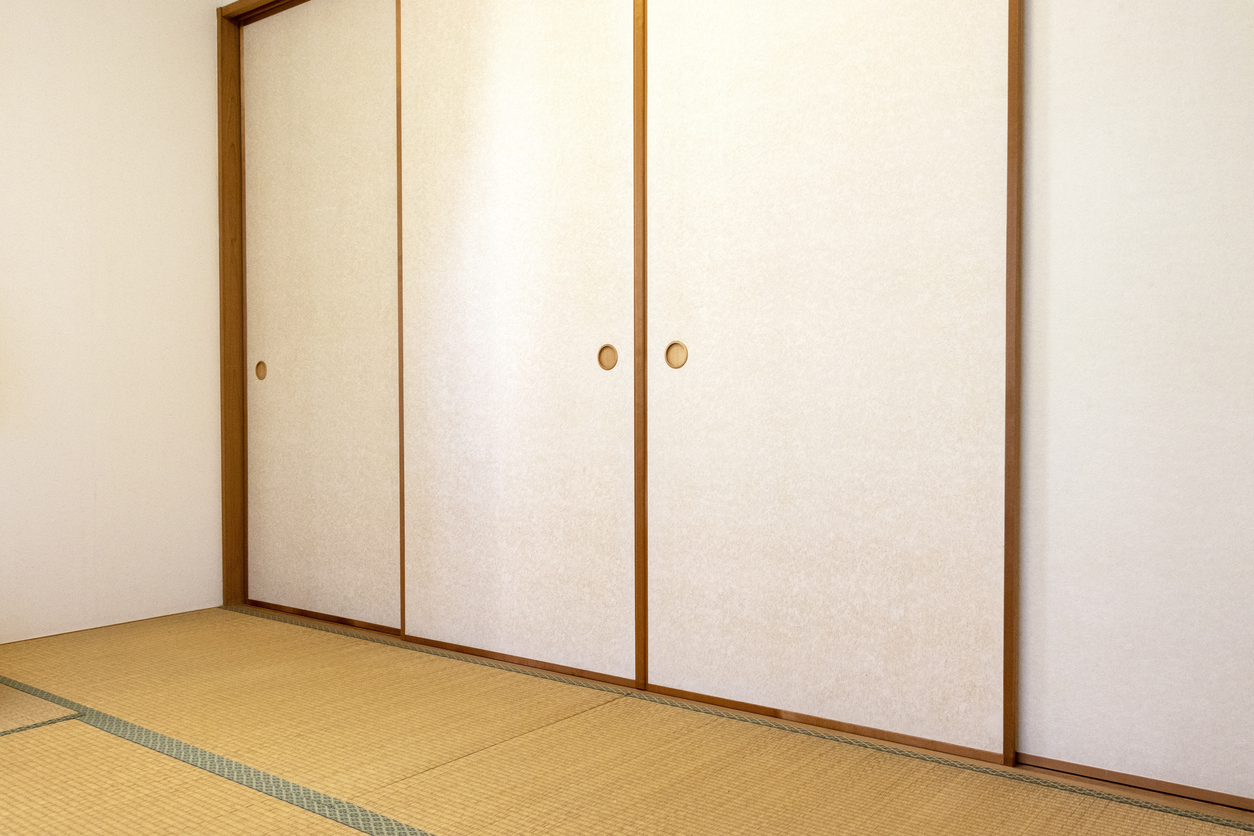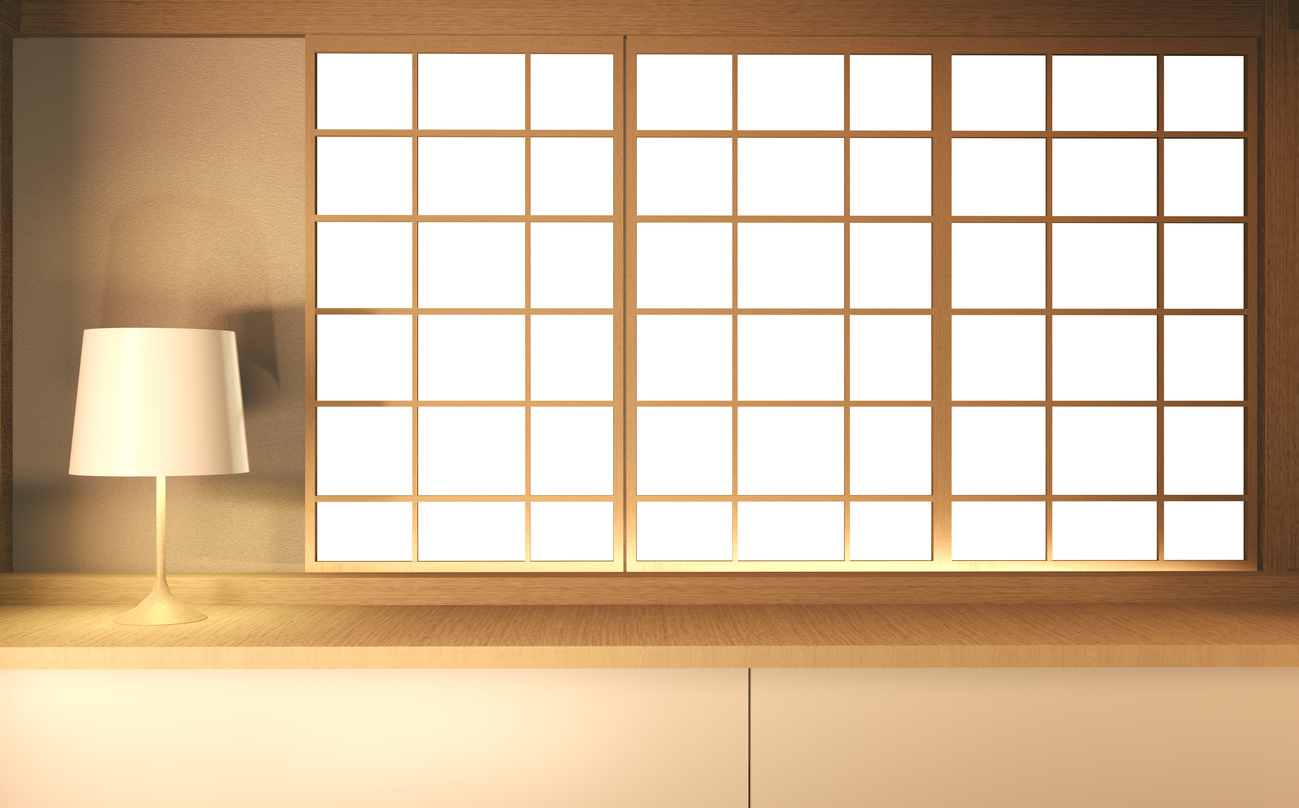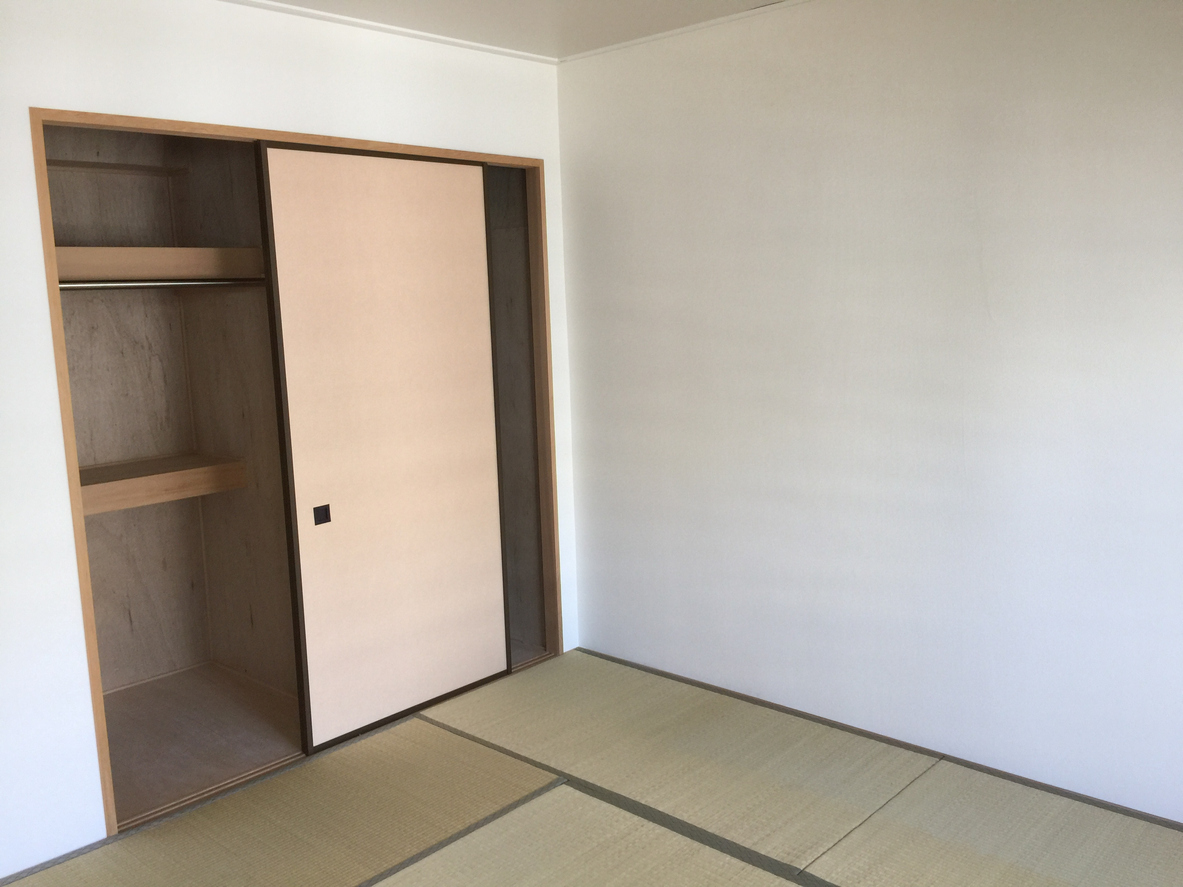Tatami Style Bedroom
Tatami Style Bedroom
Originally a luxury that only the wealthy could afford, tatami space remains its exclusivity in the present time. But instead of the value in money, it is now treasured for its tradition and adaptability worth.
Tatami is nothing alien in Japanese culture. This traditional flooring material and the Japanese-style space are closely attached, as thick as thieves. From houses to ryokan, onsen , or even restaurants and cafes, this particular element of Japanese traditional housing is widely used.
In many housing buildings, up until today, a tatami room is always present regardless of how chic houses are. While the room strongly boosts Japanese heritage essence on the space, its great functionality and usage adaptability ensure the importance of it to remain relevant in current dwellings.
A little history
The Japanese word tatami traces its origin back to the verb " tatamu" (畳む) , which means to fold—as when not in use the mats were often folded or stacked. Traditionally woven from rice straw, tatami are 910 mm by 1,820 mm mats that people sit or sleep on to make resting on the floor more comfortable. Meanwhile, a traditional Japanese-style tatami room or better known as 和室 ( washitsu , "Japanese-style room") is a space that features tatami mats as its flooring element. During the Muromachi Period (1336-1573), this area served as study rooms for the rich, before gradually becoming more customary amongst commoners as living or sleeping areas.
in traditional Japanese culture, a tatami room often served to entertain visitors, conduct tea ceremonies, or house a religious altar
The contemporary era has seen the washitsu retaining its rich heritage value and is used today by many Japanese occupants as a multi-purpose room that can quickly and easily be repurposed to suit, well, just about anything. From a specifically-purposed space—such as a bedroom or living room, or even kids playroom—to a more flexible area namely a family room or activity room, washitsu is unique in a way it has the unceasing possibility of a space. It was up to the occupant to define its purpose, thanks to the typical minimalist furnishings that are easy to stow away whenever required, and also the efficacy of the following elements which typically exist in the modern tatami room.
Tatami

Tatami mats have been so essential to Japanese homes, that the size of rooms in Japan is commonly measured by the number of mats that would fit in it. The use of tatami as flooring has also determined the kind of furniture Japanese people use. In general, people often find themselves getting comfortable with light, portable and minimal fixtures around their dwellings.
Although more and more people are incorporating Western-like furniture in their spaces, some pieces of equipment are simply irreplaceable. For instance, 座布団 ( zabuton , "flat floor cushions used when sitting or kneeling"), ちゃぶ台 ( chabudai, "low dining or tea table"), 座椅子 (zaisu, "low Japanese chairs with a backrest but no legs"), 炬燵 ( kotatsu , "tables with a heater underneath and a quilt around the sides to retain the heat") and last but not least the futon set for sleeping purpose.
These, unequivocally, can be considered as staple items in any Japanese house, particularly in tatami rooms. Due to their portability, at the time when they are not in use, tatami room is always freed up for any function transformation. Simultaneously acting as padded mats, washitsu can be made into any space that does not require heavy furniture, other than the bedroom, dining, or living room. This includes but is not limited to kids' playroom, art area, or even activity space.
Sliding doors: fusuma

Fusuma are vertical rectangular panels that can be slid side to side. The doors are typically used between adjoining rooms acting as large removable walls, allowing for one space to be closed or opened up as needed. As Japanese homes tend to have a limited footprint, the adaptability of an area to be redefined will be fully cherished by any occupant.
Translucent partitions or windows: shouji

Another type of partition or more commonly used as a window in the contemporary abode is called shouj i, which is made up of wooden lattices covered in translucent paper. They give a degree of privacy but also allow for soft natural light to flow into the room. The other hidden advantage of installing a shouji in a room is to reduce the cold as the layer of paper on this fixture has the ability to block wind from passing through the window. Specifically, in colder areas, the use of this element can be pretty prominent. Above and beyond, who can resist the rich Japanese traditional ambiance this partition brings in to space?
Built-in closet: oshiire

Oshiire is a small closet section used for storage in the tatami room. For most Japanese people, who commonly sleep on the floor, often take advantage of the closet to store the bedding materials such as futon, pillows, blankets, and sheets. While the number of locals utilizing Western-style beds is scaling up in modern days, the function of oshiire cannot be taken for granted. Much more than just for storing items, this integrated structure concurrently enables the room to be used for other purposes and freeing the room from any portable furniture when necessary.

While the washitsu is a culmination and distillation of several hundred years of Japanese architecture and culture, it will never stop evolving. Whatever space function it serves, a tatami room will remain a part of Japanese homes for a long while to come.
Source: https://savvytokyo.com/tatami-room-the-heart-of-japanese-contemporary-home/


Tidak ada komentar:
Tulis komentar